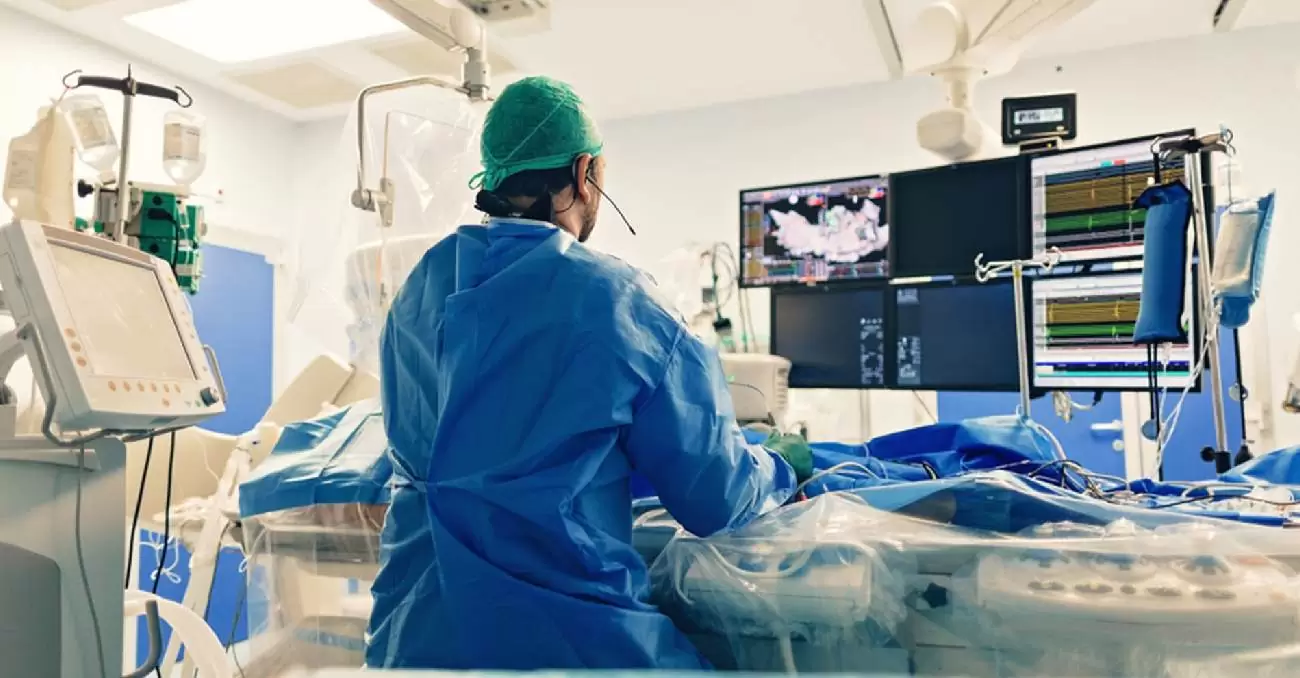
What is Interventional Radiology?
It’s one of the most important minimally invasive procedures, which aim to diagnose the different health issues, through using medical imaging for the body to detect the problem and treat it.
IR can be used as an alternative way to diagnose the issue by using different image-guided techniques as:
- X-rays.
- CT (Computed Tomography)
- Fluoroscopy
- MRIs (Magnetic Resonance Imaging)
That medical imaging is guided by Interventional radiologists, who have the needed experience and training to manage the different procedures, diagnose the problem and describe the treatment.
What is Interventional Radiology used for?
Interventional radiologists are using IR technique to check and treat the disease with minimally invasive way, and they use it for many purposes as treating:
- Blood clots before they affect the lungs and cause other complications.
- Bleeding problems are common conditions that IR is treating, to stop the bleeding.
- Kidney stones and tumours.
- Lymph vessels and blood vessels problems.
- For tumours and cancers: through destroying the tumours.
- Open and widen narrow and blocked vessels.
IR can be used for treating kids’ diagnosed with tumours, Vascular anomalies or have health conditions that affect the vessels.
Not only those cases, but there are many procedures that can be done, without needing surgery, so the patient can be treated in a safer way.
Interventional Radiology advantages
There are many advantages make the IR technique a good alternative method to treat many health conditions with no need for surgeries, and those advantages are:
- Minimally invasive.
- Less pain.
- Less needed time to recovery.
- Lower cost.
And besides all of the above, the patient may not need general anaesthesia, and don’t have to stay at the hospital and can go back home, so it makes the IR a quick way to get treatment with fewer problems and side effects such as scars.
What does the Interventional radiologist do?
The Interventional radiologist plays an important role to manage the procedures, so he has to be experienced well.
Interventional radiologist not only take images for your body, but he can also take biopsies and insert the tiny tubes, and needles.
The Interventional radiologist should be well experienced also, to be able to diagnose the images whatever the technique he is using.
An interventional radiologist can perform many procedures such as:
- Imaging (X-ray – ultrasound – CT… etc.)
- Treating tumours.
- Taking biopsies.
- Treating bleeding issues.
- Drain fluid.
How does the Interventional radiologist use the IR device?
If the Interventional radiologist will use the device for treating a problem, he will use needles through blood vessels to make small incisions but don’t worry, this procedure will not leave remarkable scars such as other surgical techniques.
The images appearing on the screen will lead the Interventional radiologist to his way in your body, to treat the issue with fewer mistakes and with the correct use for the device.
We can say IR is one of the most growing and devolving techniques, which provide many benefits in the medical field especially for minimally invasive and non-surgical procedures.

